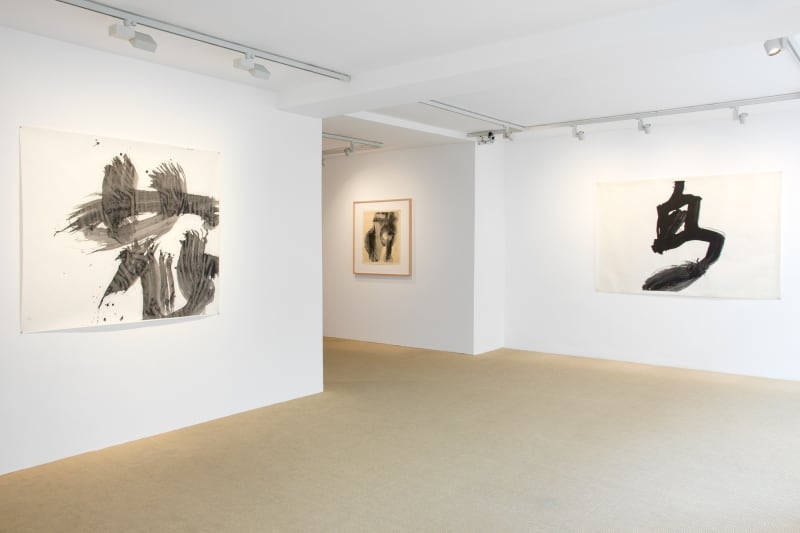In the ongoing search for “art” in simple things – a certain aura and sense of animation that are more than just subjectively or temporarily pleasing, and are, instead, universally accessible, able to move people and retain their vitality – Friedrich Müller has succeeded in finding objects with aesthetic, cultural and historical backgrounds. Based on his private collections, which were assembled over the course of a number of longer visits to Japan between 1973 and 1977, Friedrich Müller established the JAPAN ART gallery in Frankfurt am Main in December of 1977. The initial focus was on “mingei”, the anonymous Japanese folk art as defined by Yanagi's philosophy.
Along with Shoji Hamada and the Englishman Bernard Leach, Soetsu Yanagi (1889-1962) is considered to be the founder of the Japanese Mingei Movement, a group founded by craftsmen in Japan with the goal of developing a new standard of craft production to counteract the trend towards sterile, technical industrial design. The ideal of a timeless aesthetic and vitality in the works resulting from the manifestation of the artist’s creative energy and inspiration, which ultimately go far beyond the most carefully conceived designs, led to the creation of many objects where the artists remained anonymous, so that a clear separation between craftsmanship and everyday objects can no longer be determined. Hence, tea ceramics and exquisite calligraphy scrolls were accorded the same respect. Friedrich Müller’s passion for collecting was focused mainly on wooden, metal, textile, stone and ceramic objects, whereby a particularly high value was attached to simple objects used for the tea ceremony.
The positive reception by people who were interested in both Western Modernism and highly reduced Japanese art ultimately led to the expansion of his concept, which meant embarking on a path towards contemporary art.
A decisive experience for Friedrich Müller was his encounter with the ink paintings of YU-ICHI, which he saw in an exhibition at the Azabu Museum in Tokyo in 1992. By the following year he had already organised an exhibition with YU-ICHI’s works in his gallery and at the Art Frankfurt. The contemporary artists include such names as TOYODA, with whom he became acquainted while the artist was still a student at the Städel School in the 1980s. In 1986 he became acquainted with MATSUTANI, who lives in Paris, and in the mid-1990s they were joined by NASU and JÜRGEN SCHÖN, with whom he became acquainted at the exhibition Selected Europeans at the Museum Wiesbaden. In 1998, the encounter with YAMANOBE followed, thanks to Karl Bohrmann, and in 1999 with CADERAS.
Since then Friedrich Müller has been exhibiting traditional and modern art in regular alternation, expanding his private collections and organising additional exhibitions in museums. (CW)
After Friedrich Müller passed away 2007, the gallery is continued by his wife Christa and the two sons Marcus and Alexander.
